About Iași
Iași (also historically referred to as Iassy in French, Jassy in German or Jászvásár in Hungarian), is a city and municipality in Moldavia, in north-eastern Romania. The city was the capital of the Principality of Moldavia from 1564 to 1859, the United Principalities of Wallachia and Moldavia between 1859–1862 and Romania between 1916–1918.
Called “The city on seven hills” and "The city of great loves", Iaşi represents a symbol of Romanian history about which the greatest Romanian historian Nicolae Iorga said "There should be no Romanian who does not know it".
Nowadays, one of the largest Romanian city, Iaşi is the social, economic, cultural and academic centre of the Romanian region of Moldavia.
The city is home to the oldest Romanian university and accommodates over 80,000 students in 5 public and 3 private universities. The social and cultural life gravitates around the National Theater (the oldest in Romania), the Opera House, the Iaşi State Philarmonic, the Tătăraşi Atheneum, a famous Botanical Garden (the oldest and largest in Romania), the Central University Library (the oldest in Romania), the high quality cultural centres and festivals, an array of museums, memorial houses and historical monuments.
Important links:
www.romaniatourism.com/iasi.html
www.aeroport.ro
iasi.inoras.ro

"Al. I. Cuza" University
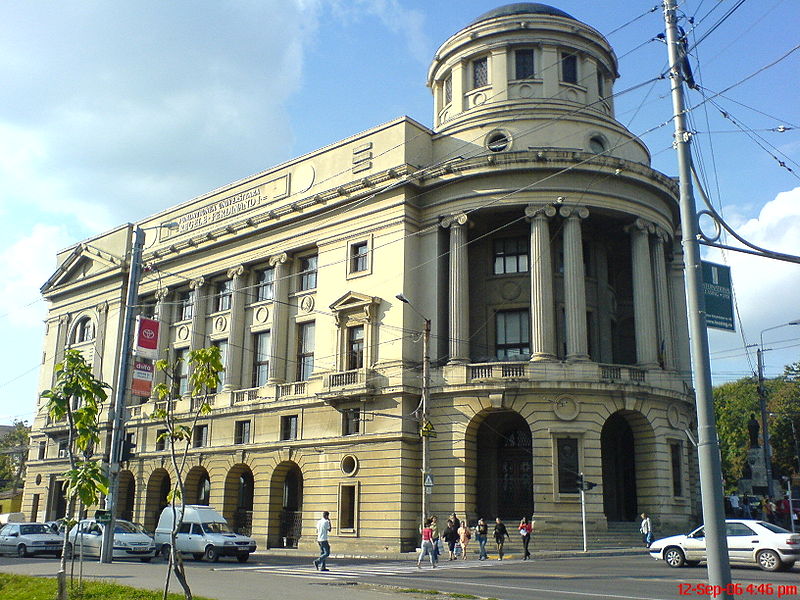
"Mihai Eminescu" Central University Library of Iaşi

Roznovanu Palace (1823), today Iaşi City Hall

"Vasile Alecsandri" National Theater
The building, designed according to the plans of the Viennese architects Hermann Helmer and Ferdinand Fellner was built between 1894–1896
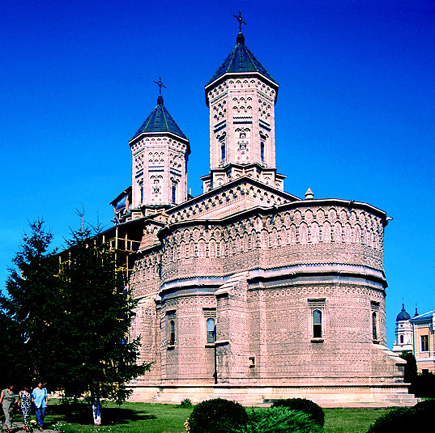
The Three Hierarchs Monastery
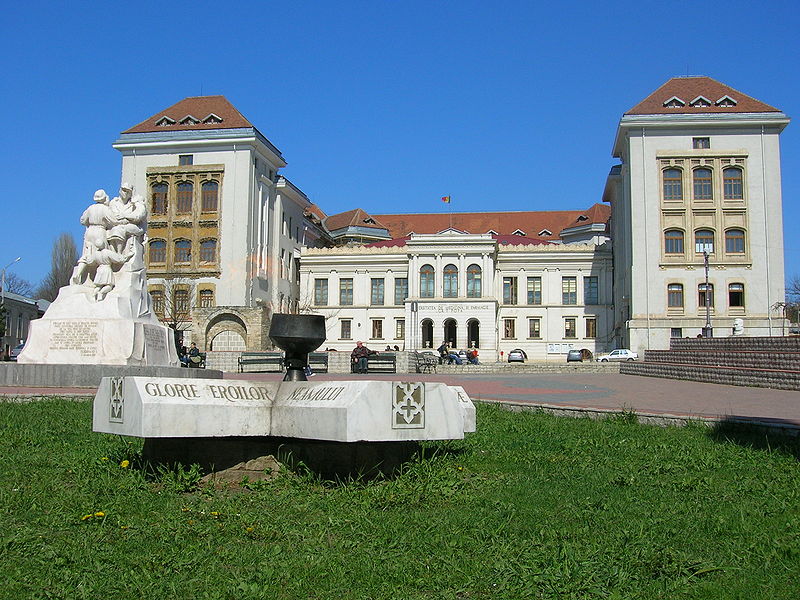
"Gr. T. Popa" University of Medicine and Pharmacy and the Union Monument
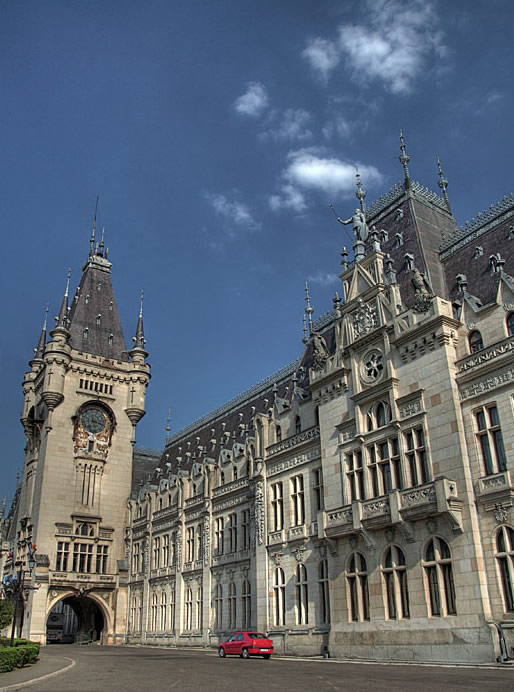
The Palace of Culture (1906)
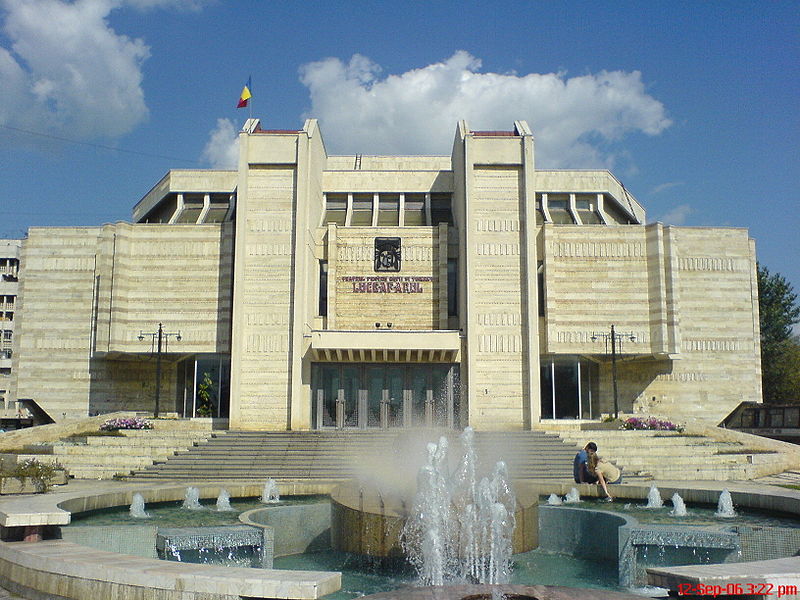
Luceafărul Theatre

Metropolitan Cathedral
the seat of the Romanian Orthodox Metropolitan of Moldavia and Bukovina
